The futurist Elina Hiltunen has summarised it well: foresight = facts + imagination. The analysis of megatrends is mainly focused on the facts. I propose adding two additional functions to Hiltunen’s equation about the future: facts include their interpretation, while imagination is guided by models of thinking. We have facts about the ongoing changes and their historical development. We can use those facts to estimate future development with varying certainty. However, it is more interesting to think about the impacts, relationships and significance of the changes, and that is where interpretation comes into play.
The megatrends do not contain surprises per se, so what really matters is the various perspectives on the megatrends. Some 20 recent trend reports were reviewed for the purpose of this report during spring and summer 2019. That review served as the basis for a preliminary outline of what themes to focus on. This outline was supplemented by various other reports, which are listed in the sources.
Three frameworks were used to select the themes and outline the big picture. The first of these frameworks was PESTEC categorisation, which refers to political, economic, social, technological, environmental and cultural factors. This helped ensure that the themes selected for the report take different perspectives into consideration.
The three-horizon framework was used to analyse changes. It is especially well suited to describing systemic change. As the current megatrends challenge today’s society and existing operating models in many ways, it was important to assess what kinds of pressures concern the present time, how new operating models will become apparent in the near future and what kinds of longer-term scenarios can be observed.
The three-horizon framework also helps incorporate weak signals and visions into the examination of megatrends. Where megatrends illustrate large-scale changes, a vision describes the desired state after those changes. Weak signals, in turn, are signs of how the longer-term future is already present today.
The third framework used was future-oriented dialectics, which refers to studying the tensions between changes. Where two or more trends meet, we have an opening where the subsequent direction of development is open. If one trend is significantly stronger than the others, it may continue with only slight changes to it, and the other trends are merged into it (absorption). However, the trends can also come together and result in a new direction of development that releases the tension (synthesis). It is also possible that the trends remain in a state of tension, forming a conflicting combination of trends (a parallax gap).
The themes and the changes, uncertainties and tensions included in the analysis were discussed at several internal workshops at Sitra. An open survey was also conducted to complement the workshops and the reports on trends. The survey invited the respondents to list three changes, three uncertainties and three tensions. Space was also provided for open feedback. A total of 144 responses were received, which helped confirm the choices made and also influenced the wording of the report as well as its areas of emphasis. The results of the survey have been reported separately.


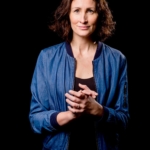







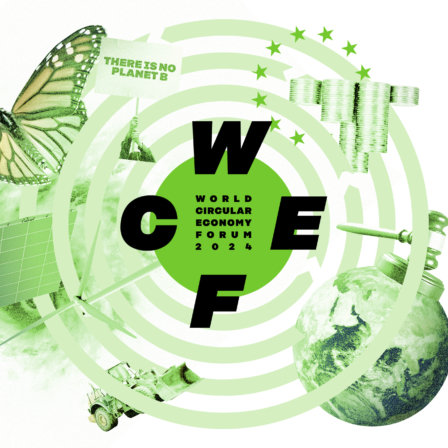


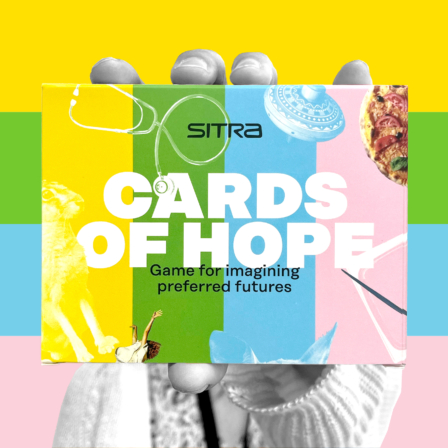
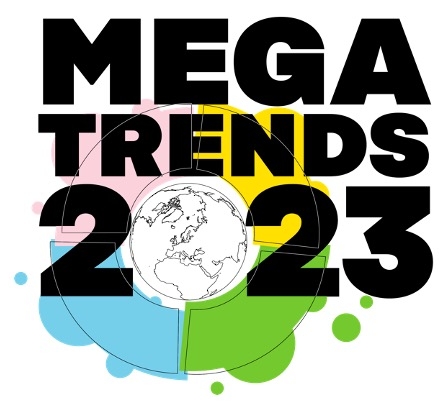
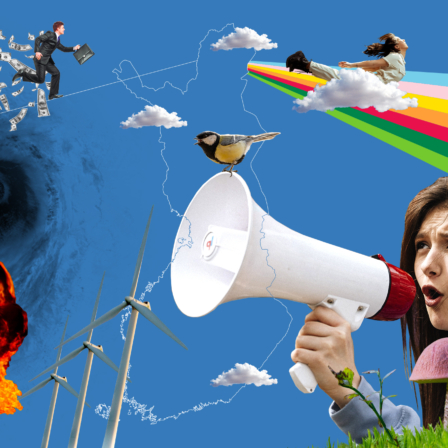
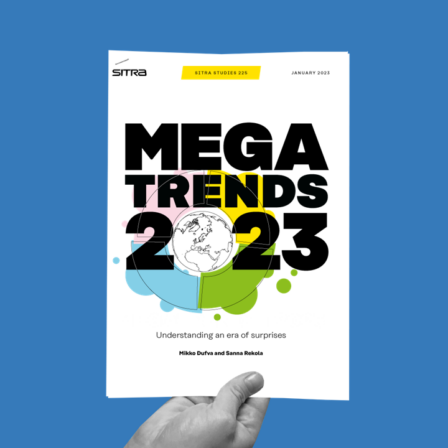
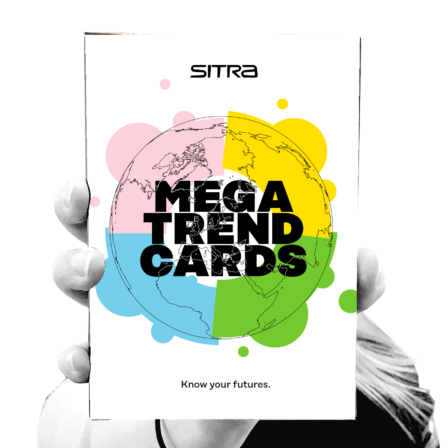
Recommended
Have some more.